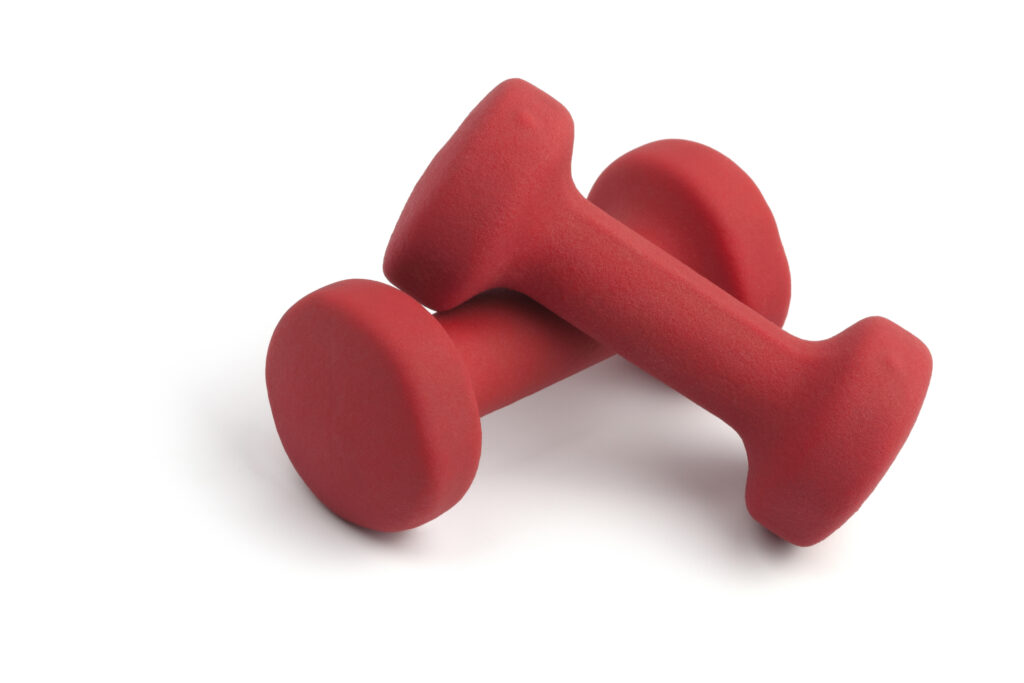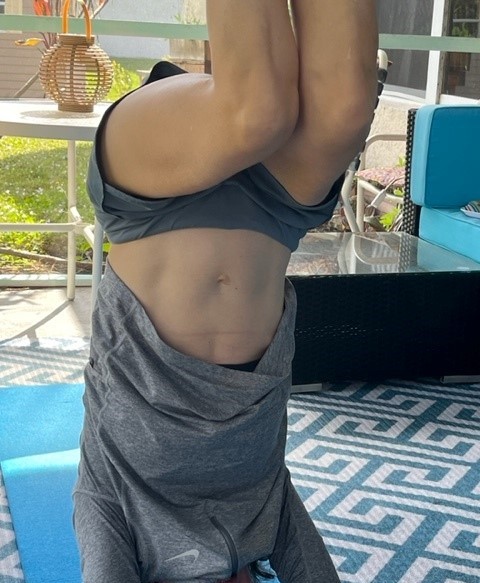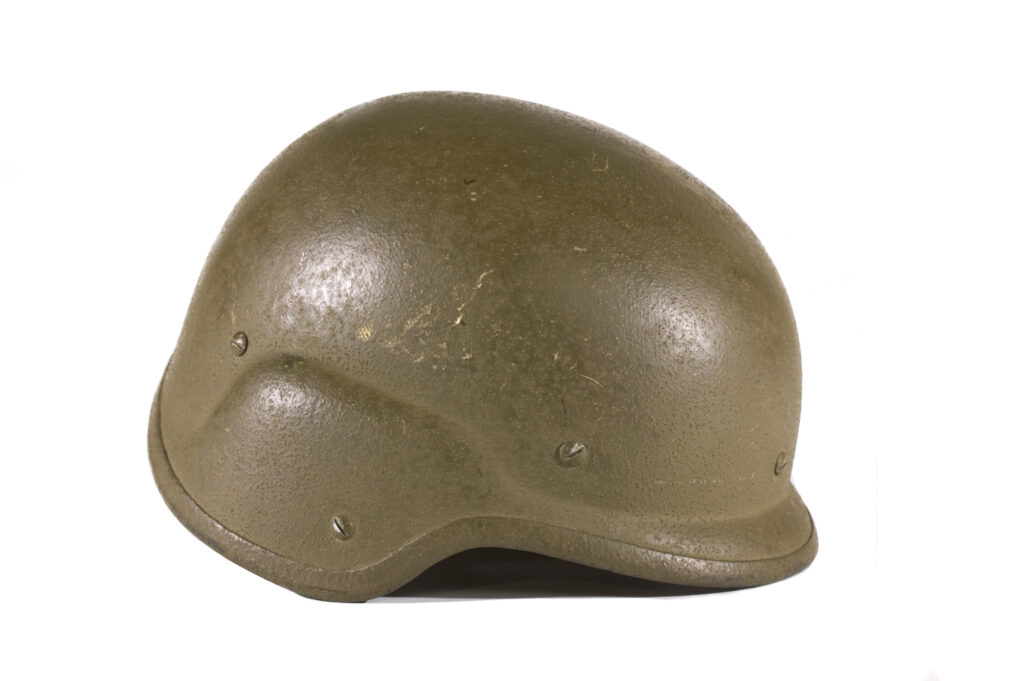
If you have hit a plateau with your running and are eager for improvements, this article is for you. Most runners reach a point where more running is not getting the desired results and you may even end up injured. The good news is that some small adjustments in your routine with strength training can lead to big improvements.
There is no perfect training method, but stronger muscles results in better running and prevents injuries. The science is clear that strengthening bones and muscles improves athletic performance and can prevent sports related injuries. Studies repeatedly show a correlation in strength training and athletic performance.
Many runners admit they should strength train, but still fail to have a consistent routine (I’m guilty as the next person). It is easy to be overwhelmed by all the exercises and information out there for runners. Establishing a simple and sustainable routine is probably going to be the best way to begin so read on for some extra motivation and a few tips (no gym membership required) to help you get started.
Are you really convinced strength training will make you a better runner?

If you aren’t convinced that strength training will make you faster than you probably won’t do strength training on a regular basis.
Regardless of what you believe, the science shows that adding strength training improves running performance. See a 2019 study here as one example of the correlation of strength training and running.
The study above gave 3 key benefits of strength training:
- Improved running economy.
- Faster time trial performance.
- Faster maximal sprint speed.
All runners can experience improved running performance by incorporating some strength training. For older runners there are additional reasons to include strength training in a weekly routine.
Injury prevention

For older runners there are additional reasons to include strength training in a weekly routine – preserve muscle mass and bone density while decreasing the risk of injury.
As we age, we naturally lose muscle mass and bone density. As runners, we have the additional challenge of using the same muscles over and over while neglecting others, thus setting ourselves up for a possible injury.
Strong muscles will help us to be fit, run faster, and stay healthy. It enhances physical performance, reduces the risk of injury, and is good for maintaining or improving body composition.
Strength training can not only build stronger bones and preserve muscle mass, but also improve agility, balance, and coordination which will also enhance running performance while reducing the risk of injury.
Which strength training exercises are best for improving speed?

There are three main types of exercises runners may want to incorporate for improving speed.
- Explosive Resistance
- Heavy Resistance
- Plyometric Training
Explosive Resistance – Think exercises with a simple resistance band you can pick up at Walmart. Here is a good site that has a lot of great exercises that can be done at home. What I also love about this plan is all the exercises are only 2 sets each – yay!
Heavy Resistance – We normally think of exercises with weights for these kinds of exercises. There are a ton of exercises that can be done in a gym, but I thought you may like an article of exercises you can do at home. A pull up bar and resistance bands are pretty cheap options to do exercises at home that are more challenging. How to Make Gains Without a Gym • Stronger by Science
Polymetric Training –These kinds of exercises are high-impact explosive exercises that typically involve some kind of jumping. They are also similar to the explosive resistance exercises. Many can be performed at home, but you won’t need any special equipment. 5 Plyometric Exercises for Running Faster | Well+Good (wellandgood.com)
Other exercises for injury prevention and overall improved running performance
Core strength exercises are extremely important for runners. Be sure to include some exercises to target these group of muscles which the above may not specifically address.
A good runner can keep the upper body as motionless as possible while the lower body is moving. Look at most elite runners and you will see very little movement in the upper body other than arm swing. See my article here for some unique and fun core exercises.

Functional strength exercises focus on the muscles specific to the movements of running. When deciding which exercises to include in your routine, make sure to choose ones that will support the demands of running.
These types of exercises tend to mimic the movement patterns of running. Since running is basically a single leg sport, single legged exercises such as pistol squats are great to incorporate. Exercises that also incorporate jumps are also good.
Checkout the article here from Runners World for more information on functional exercises that can be performed at home.
Bullet-proof your strength training routine

Simple and efficient is name of the game for those who do not like to strength train. Focus on exercises that target your weak links (ie. hips, glutes, or IT band) and include some of the exercises above for improving speed.
Most experts, coaches, and plans all seem to agree that 2 -3 times a week is sufficient to get all the benefits of strength training. Incorporate a few exercises after two of your shorter runs and you will be sure to get your strength training in.
Remember that doing something is better than nothing. Below are two different kinds of easy routines I’ve been inspired to use.
For a super simple workout, I really liked these 3 exercises from James Dunn who is not only a runner and coach, but a sports rehabilitation therapist. The three exercises include split leg squats, a single leg stretch which looks like running in slow motion one leg at a time, and jumping rope. See his 6-minute video here.
Another short and simple strength training program I like is this 9 minute workout that appeared in the New York Times article here. You can download and print out a pdf of the exercises which I keep in a convenient place for quick reference and motivation.
Key Takeaways
If you want to get better as a runner, strength training needs to be a part of your weekly training. The science is clear when it comes to the benefits of strength training and running performance.
Beyond running, the benefits of resistance and strength training on the body including strengthening bones, better balance, and injury prevention to name a few, should not be overlooked.
Remind yourself frequently of the many benefits as outlined above and choose some simple exercises to do after your next run – no gym necessary!